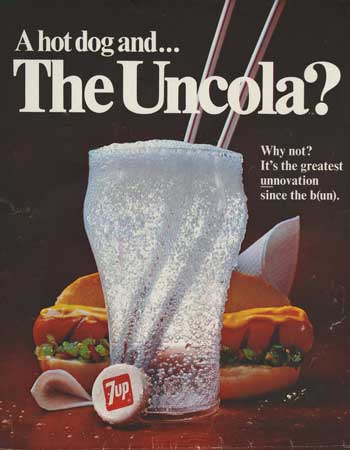Positioning
Positioning is a book first published in 1981 by marketing experts Al Ries and Jack Trout. This book popularized the key concept of positioning used in strategic marketing, alongside market segmentation and targeting. It’s one of the few books in the dynamic field of communication and marketing that remains relevant today.
The authors observed that we live in a society of over-communication. This is even truer today than in the 1980s, with the omnipresence of the Internet and social media in our daily lives. In response to the over-communication society, people filter most information and adopt oversimplified interpretation models. The right marketing approach then is to communicate with oversimplified messages.
The key to positioning a product is to focus on people’s perception rather than the product itself, whether it be a commercial good, a politician, a professional expert, or a cause. Communication issues often stem from existing content in people’s minds.
Being the first in people’s minds offers a significant competitive advantage. We remember the first, seldom the second, and even less often the rest. What is the highest mountain in the world? Mount Everest. And the second? Who was the first man to walk on the Moon? Neil Armstrong. And the second? You can multiply these examples.
It’s better to be first in a niche market than non-existent in a large one. The right approach for a new player is first to aim to dominate a niche market before finding ways to expand it.
But when not the first in people’s minds, it’s essential to consider existing content and brands. For a commercial product, for instance, it involves examining brands with a stronger presence and utilizing them without confronting them directly.

7up wanted to position itself as an alternative to Coca-Cola in the soda industry. However, Coca-Cola is such a powerful brand that 7up couldn’t ignore it. When people think of soda, Coca-Cola is the first to come to mind. 7up leveraged the Coca-Cola brand in their own communication campaign, presenting themselves as the “Uncola”.
The authors provide numerous examples of product positioning throughout the book. Though they may be dated, the essential ideas remain timeless.
A well-positioned product clearly differentiates itself from the competition. Finding a positioning involves making choices and targeting a specific market. Trying to please everyone makes one irrelevant. An effective product positioning is not universally liked; it may even be disliked by some but adored by a well-targeted population.